Think about the first time as a child that you adventure traveled. When was the first time you went outside your comfort level and explored? For some it could have been the first walk home or even the first day of school. For me and for many it was learning to ride a bike.
I can still remember the pit in my stomach, my heart racing, and the cold sweat when I approached the two wheeled demon that I could not master. It was something I did not really want to do, and I missed my training wheels, but there was no way I was going to stop trying. Every time I enviously saw my older brother cruising around having a blast, it made me burn with hope that I would soon join him.
The difference between not riding a bike and riding a bike was just a small adjustment in balance. As they say, once you learn, you never forget. I still remember the rush of adrenaline when I finally figured it out. It was such a feeling of freedom.
Fast forward a couple of years to when I was ten years old, and I remember the first time I got into a canoe. I can still hear my Dad barking orders about how to properly and safely enter a canoe. You need to step in the canoe in the very center and stay low to the ground and walk up the canoe to avoid tipping. Once again it was a question of balance.
As I grew older we canoed more and more and anyone who canoes a lot in the Midwest will eventually make their way to the Boundary Waters Canoe Area and Quetico Provincial Park: the canoe meccas of the area and perhaps the world. Quetico and the Boundary Waters require portaging. This is the act of carrying all of your belongings, including the canoe, over a trail from lake to lake or to avoid a waterfall.
The first year we went up the Boundary Waters we got a demonstration at Gunflint Lodge on how to portage. These petite high school girls did the demo on how to pick up a canoe and place it on your shoulders. They quickly thrust the canoe and bounced it off their knee and easily placed the canoe on top of their dainty shoulders. They made it look so easy. It is reasonably easy, and the maneuver is more a question of balance than strength.
During the winter months growing up, the times when we were graced with snow in the Chicago area, my Dad and I were out cross-country skiing. I could never get the hang of snow-plowing, which is when you point your skis inward in order to slow down and keep control going down the hill. Downhill skiers refer to it as the wedge.
I remember one stretch down a crazy downhill section in Minnesota where I continuously crashed as I could not control myself. I eventually took the skis off, and I walked down the rest of the hill. It was either quit, learn how to snow plow, or continue to wipe out.
It turned out to be just like riding a bike. Just like a light switch, I figured out how to snow plow, and I have been eating less snow while cross-country skiing ever since learning the technique.
Last February I was a guest of Ski Salt Lake for a weekend of downhill skiing at Alta, Brighton, Snowbird, and Solitude ski resorts just outside of Salt Lake City. I had never gone alpine skiing, but I was not too concerned since I am an experienced cross-country skier. I figured the skill would transfer to the mountain slopes.
I was correct, and I was soon fearlessly hitting more advanced blue diamond slopes. The reason I was able to quickly acclimate to downhill skiing was due to my long career adventure traveling. One of the main skills this teaches is balance.
Once you have mastered or semi-mastered one adventure travel skill, you will easily be able to pick up similar activities. I have never surfed before, but I feel confident I could hit some gnarly waves with a little guidance and a little practice.
Mastering balance control is part confidence and part muscle coordination. That first moment when you defy gravity on two wheels builds confidence in your ability, but it is also the work of muscle control and slight adjustments that keep you from crashing.
This is one reason why adventure travel keeps you young. Each time you cross-country ski down a steep slope and maintain control, slice through a rapids in a kayak without dumping, or ride a wave on a surfboard, you are returning to that moment when your dad let go of the bike and you successfully avoided eating pavement.
Stay tuned,
The goal of Traveling Ted is to inspire people to outdoor adventure travel and then provide tips on where and how to go. If you liked this post then enter your email in the box to get email notifications for each new entry. Daily travel photos are excluded from your email in order to not flood you with posts. There is no spam and email information will not be shared. Other e-follow options include Facebook (click on the like box to the right) or twitter (click on the pretty bird on the rainbow above).







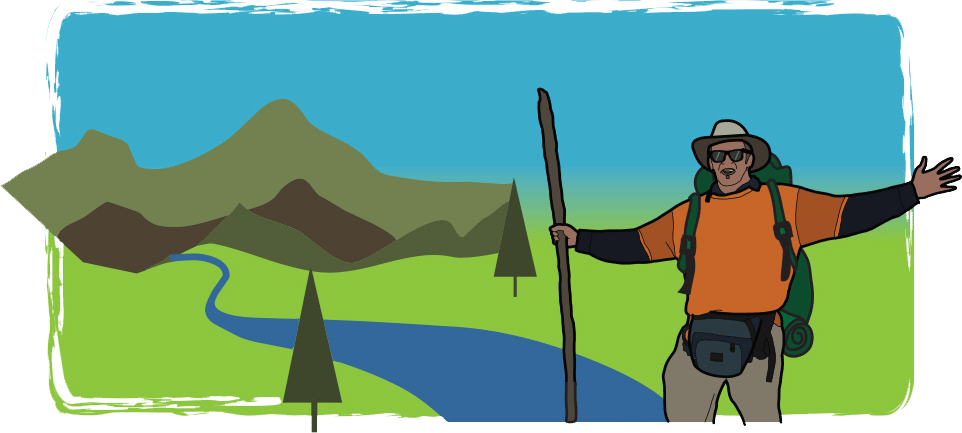
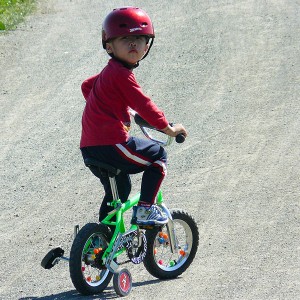
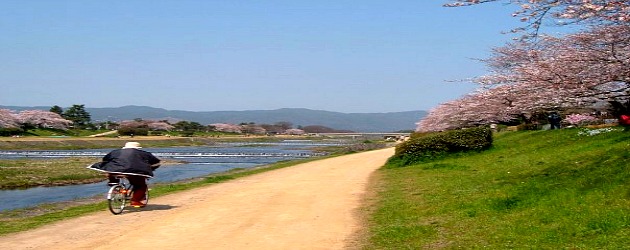

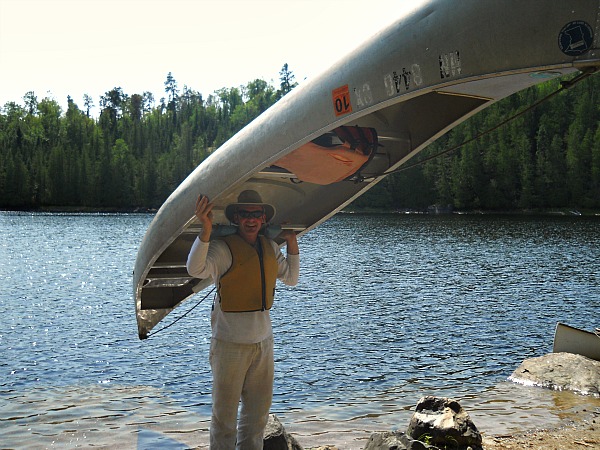

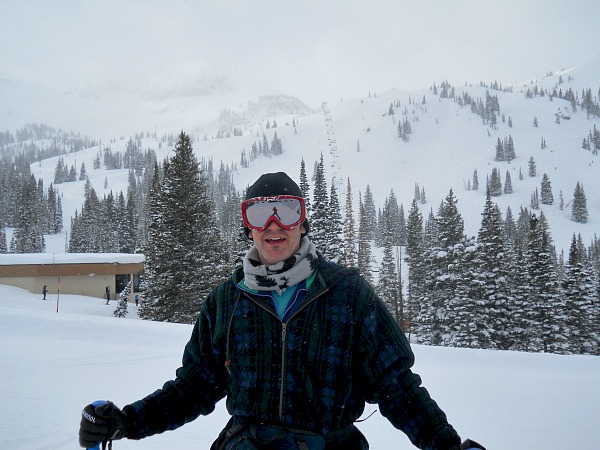


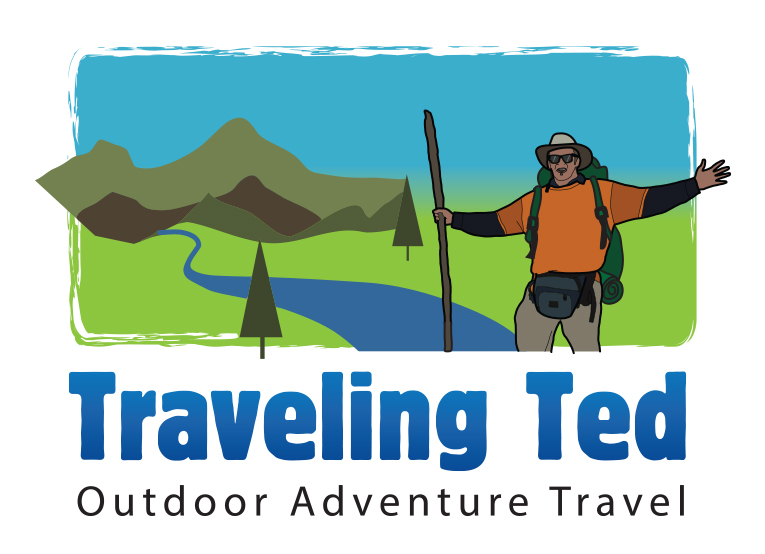
Adjustments are necessary..in most things we do..good piece..
Cheers..
Charles Higgins recently posted..BeatleShow review – April 2012
I like the comparison of adventure travel to riding a bike. You’re right. Kayaking, skiing, surfing – all require new skills that you have to learn, just like riding a bike. Admittedly, I still need training wheels for some things. 🙂
Jeremy Branham recently posted..Win free tickets to the 136th Sacramento Valley Scottish Highlands Games and Gathering
Awww you are right, Ted! Also, it is never late to learn something new. Reminds me of the fact that I cannot ride a bike. Might as well get a quick lesson so I can go biking in Angkor Wat next time 😛
Micamyx|Senyorita recently posted..Where to Stay in Bohol: Reggae Guesthouse
I can’t imagine giving up on adventure travel; I do feel younger when I’m out doing stuff that people in their 20’s and 30’s are doing. Just hope I can stay at it till by 80’s.
Sea kayaking is one think – river kayaking another and it scares me after an experience where I flipped and figured I was in for a wet drowning.
Leigh recently posted..The Delights of Paddling to Cumberland Island, Georgia